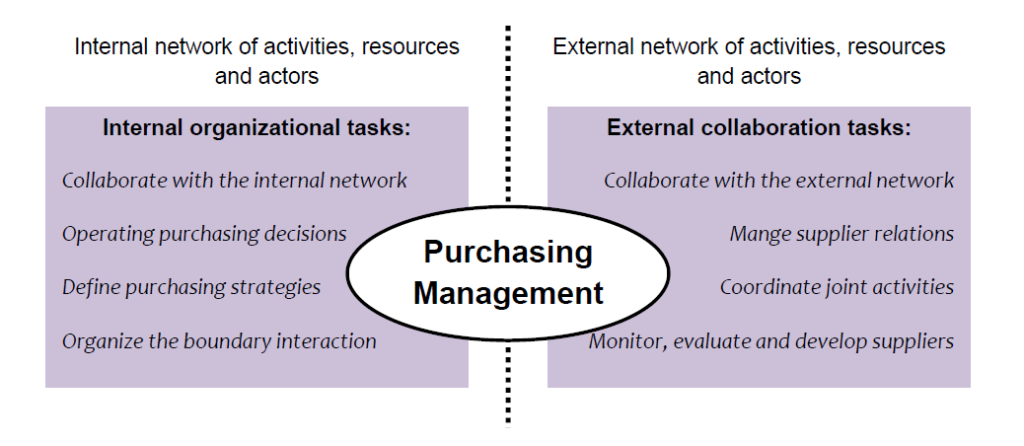What is procurement? How to define it as an entity inside the Company, and how as a business function? What is the main goal of the procurement department? Let us see a couple of definitions
I agree definitions are boring. And easy to forget. No worries, no one will ask you to remember and recite them back, ever. However, every procurement professional needs to have a basic understanding of the definition of procurement.
So, let us see what some of the experts in this field have to say.
For a start, the Cambridge dictionary defines procurement as:
”…the process by which an organization buys the products or services it needs from other organizations”1.
Correct, but quite basic.
Let us see what CIPS Australia has to say. As per them2:
” Procurement is the business management function that ensures identification, sourcing, access and management of the external resources that an organisation needs or may need to fulfil its strategic objectives.”
Or, in the words of Quayle4,
“…purchasing is the process by which a company (or other organisation) contracts with third parties to obtain goods and services required to fulfil its business objectives in the most timely and cost-effective manner”
Now we are getting a bit closer. We could say that procurement deals with everything that needs to be from outside the company to have the company operating.
The next question that comes to mind is, how do they do it? I believe the below figure given by Bedey and his coauthors3 can provide a pretty good idea
Conceptual model of Purchasing3
As we can see, it is not so simple as just buying things someone requested.
OK, sounds great. But, how does all this practically work? What is the main thing I need to start doing once I join the procurement department?
Monczka5 and his coauthors defined procurement in the way I like most, using the five rights as the ultimate goal of purchasing:
- The right quality
Using a low-quality bolt in an aircraft can result in loss of many lives. But also using an airline graded bolt in a toy would probably be a bit of “overkill” and too expensive. Our job is to find the quality that is good enough for its use.
- In the right quantity
Suppliers will always try to sell as much as possible, giving big quantity discounts. Bear in mind, large stock ties our company capital, takes space and can expire. Don’t buy too much just to get the price you want.
- At the right time
Toyota kicked all US car manufacturers with their TPS (Toyota Production System), whose core tactics was “just in time”. Too early, the warehouses will overflow. Too late, the production will stop.
- With the right price
Many read this as “as cheap as possible”. But in reality, it depends. While in commodities and other very standardized product groups price is king, there are products and services where other details of the offer play a more important role. After all, are you going for your haircut/manicure only to the cheapest place?
- From the right source
This means that you need to find a supplier who can fulfil your needs on a long-term basis, who is reliable in terms of quality and deliveries and can provide warranties.
Nowadays there are a couple of variations of this definition, and some will add as well the right place and right material, making it the 7 rights of procurement. The theory has expanded, so there are even articles suggesting “25 rights”, but let us not go that way. The important thing here is that this is the job of the procurement professional at its core. Just make sure you have the rights sorted out as much as possible, and no worries.




